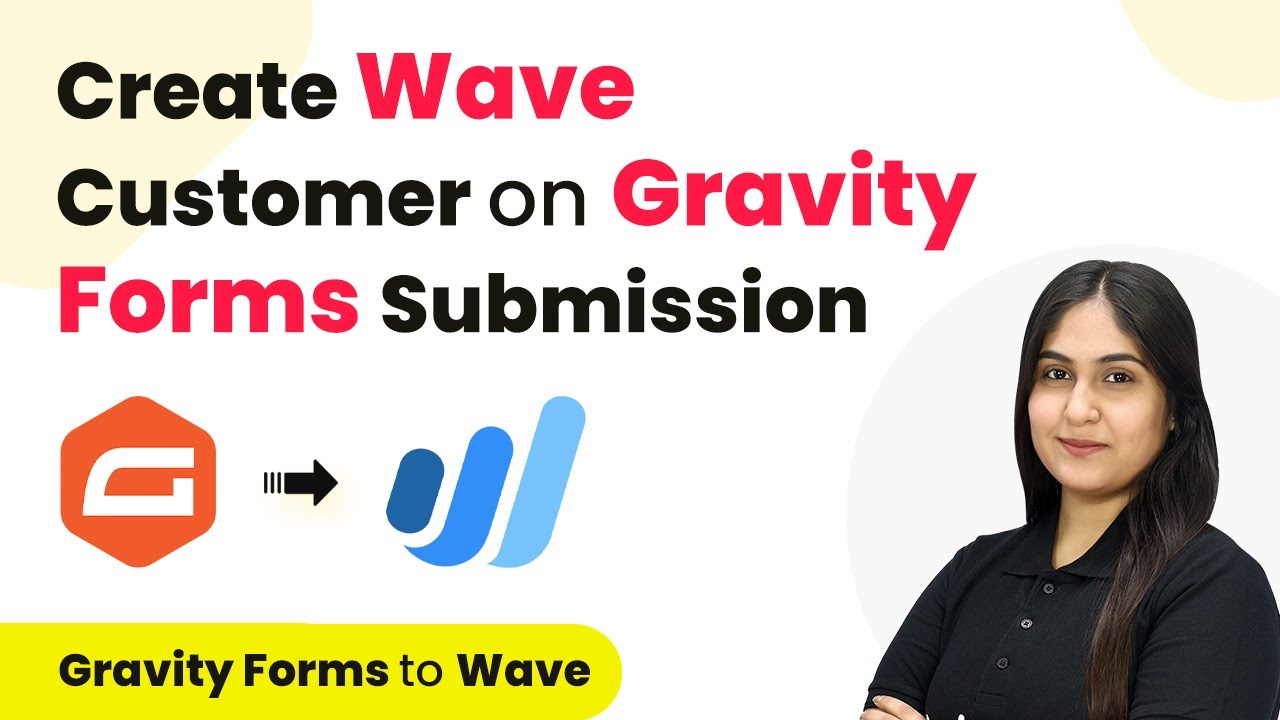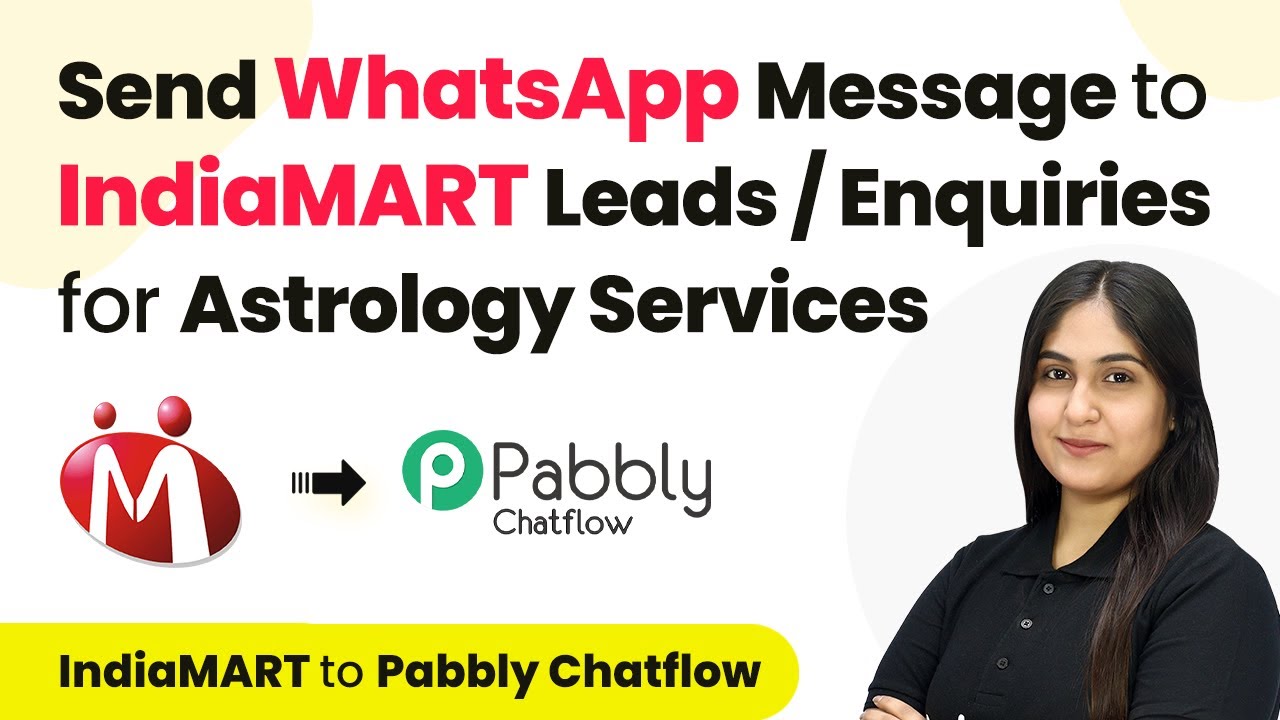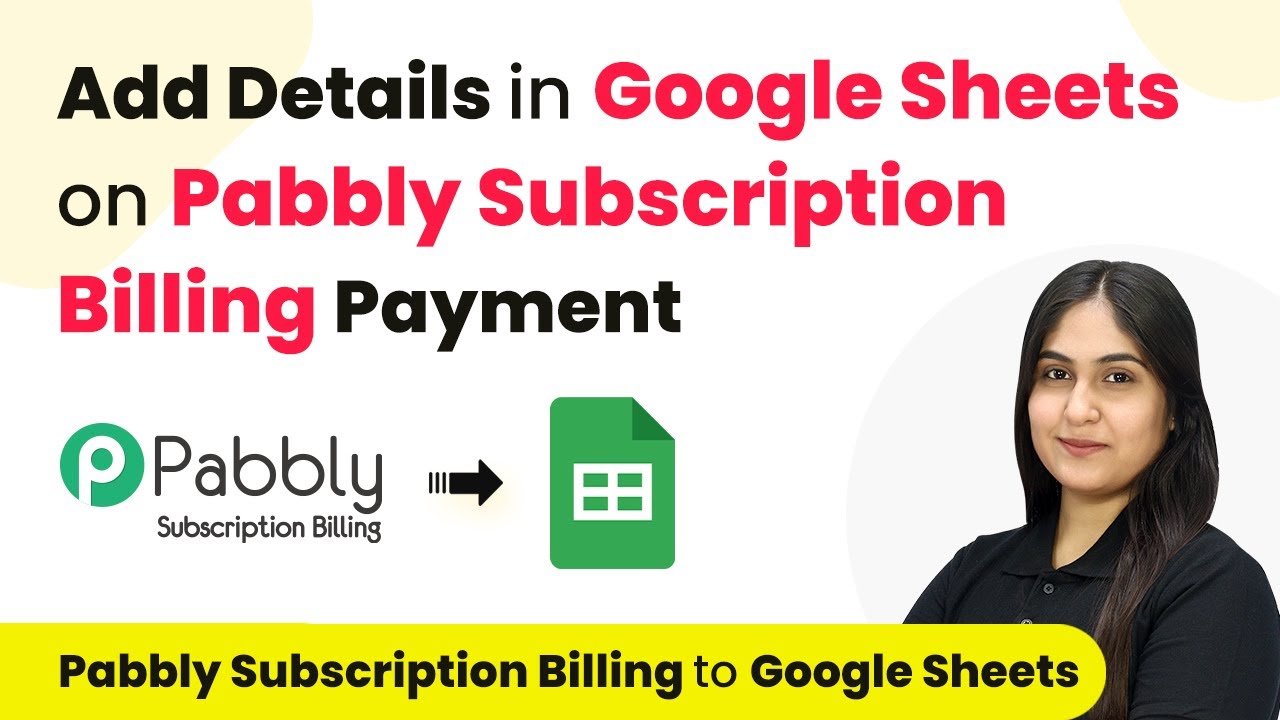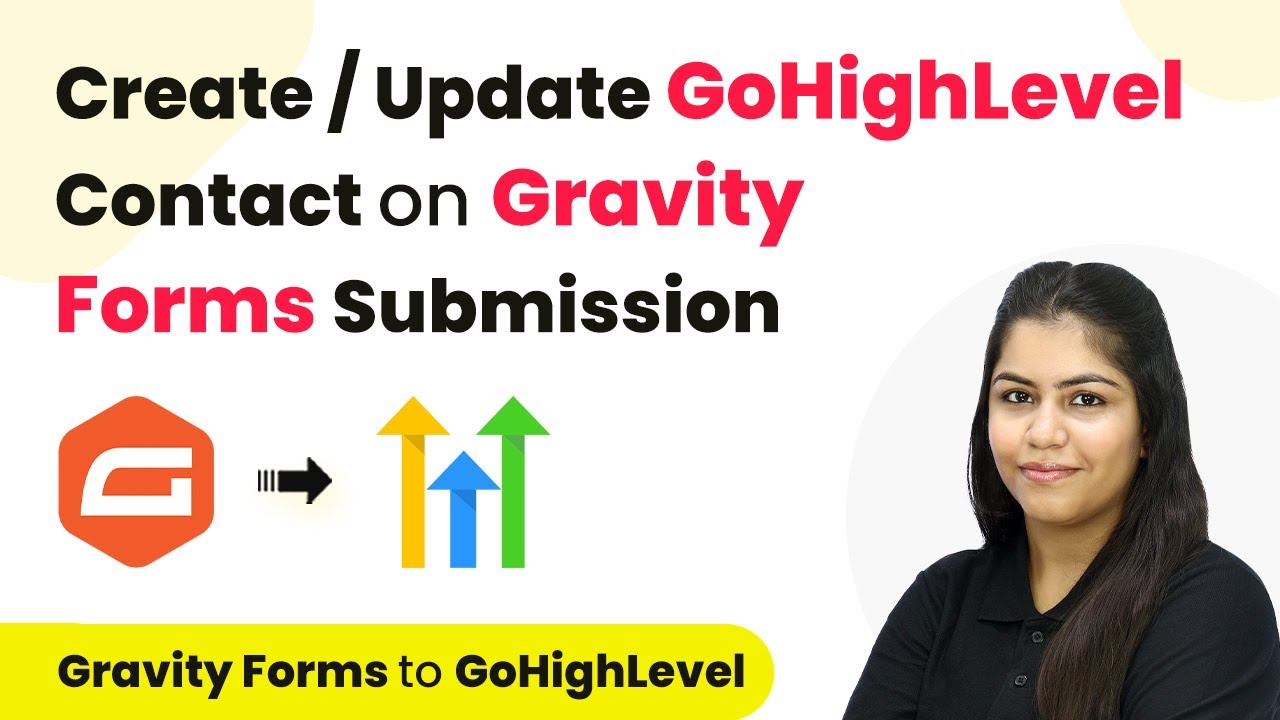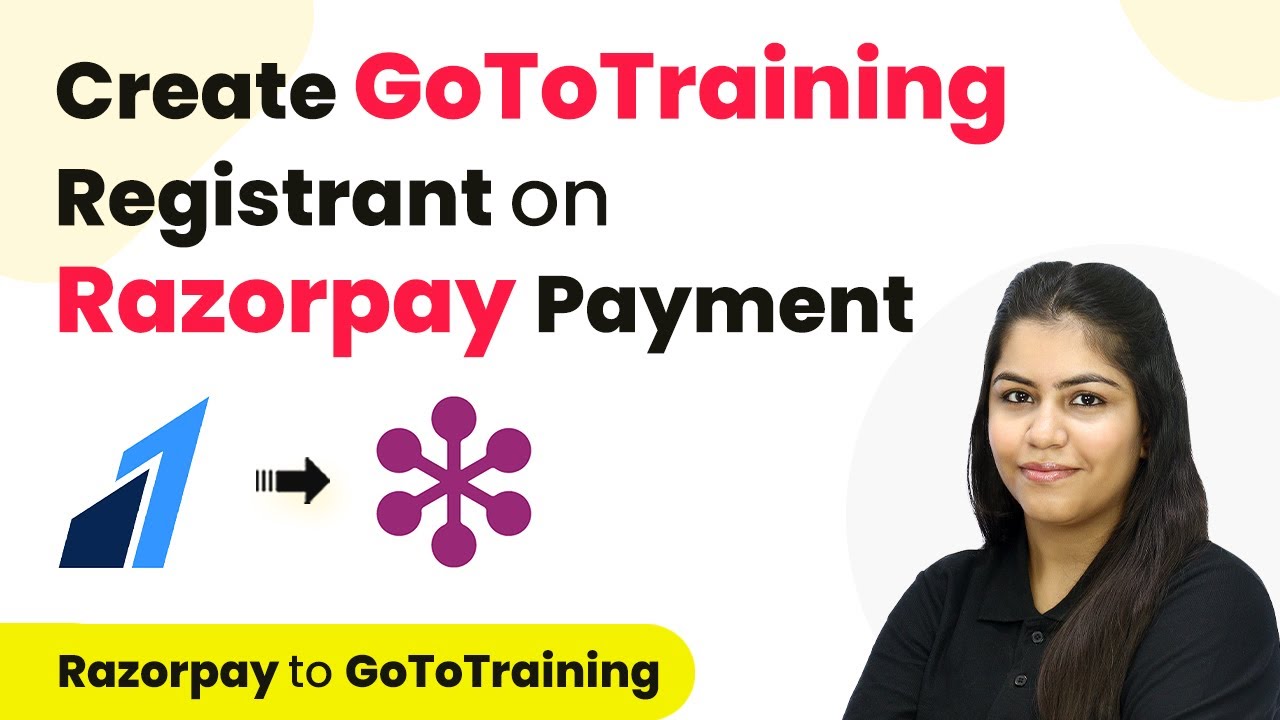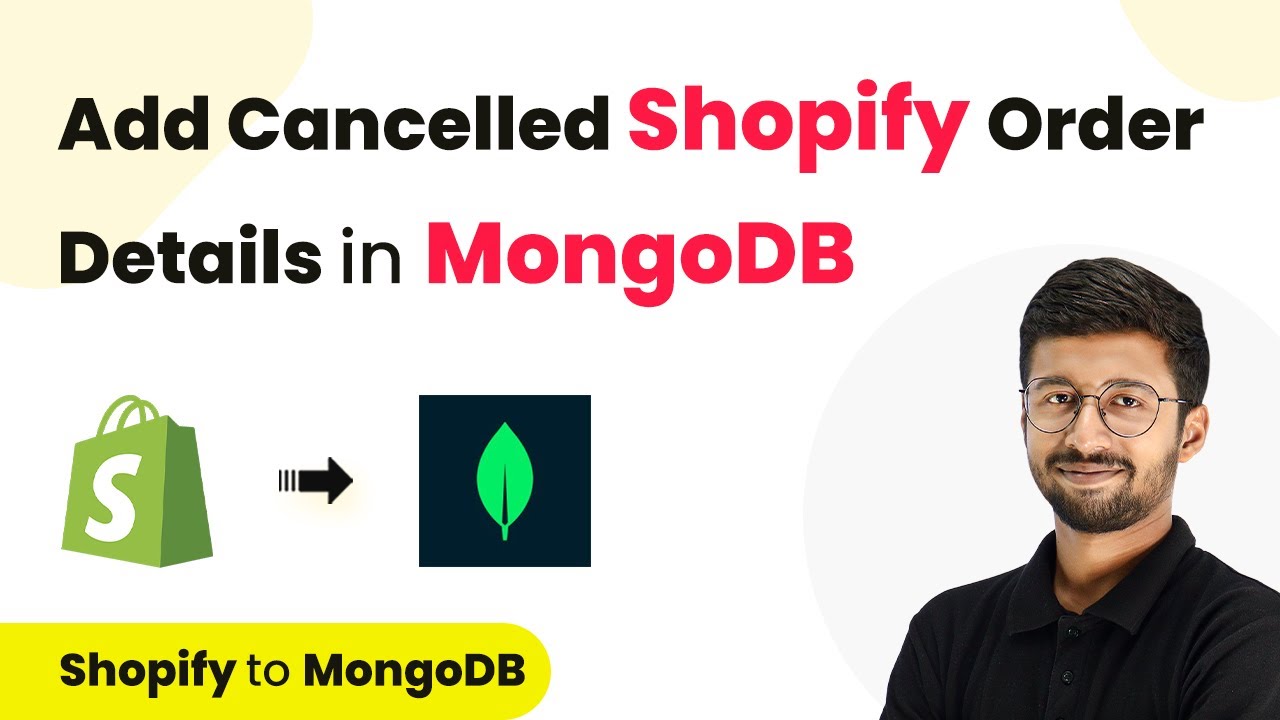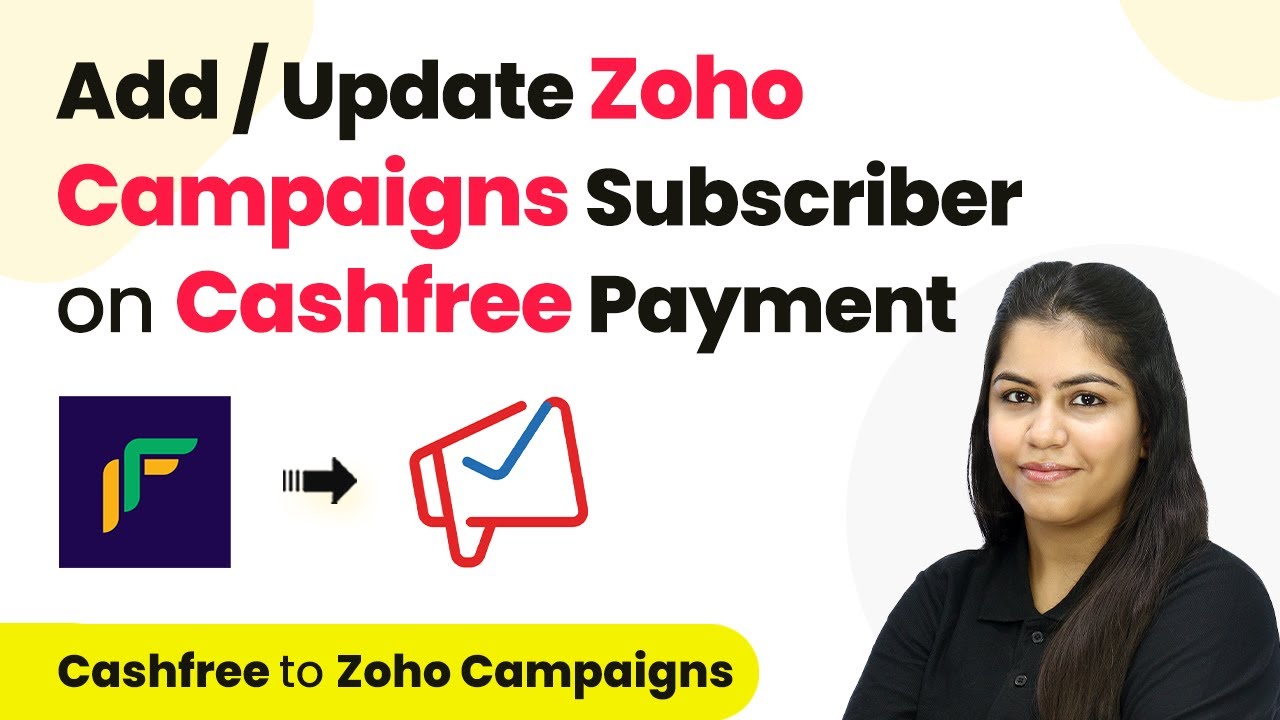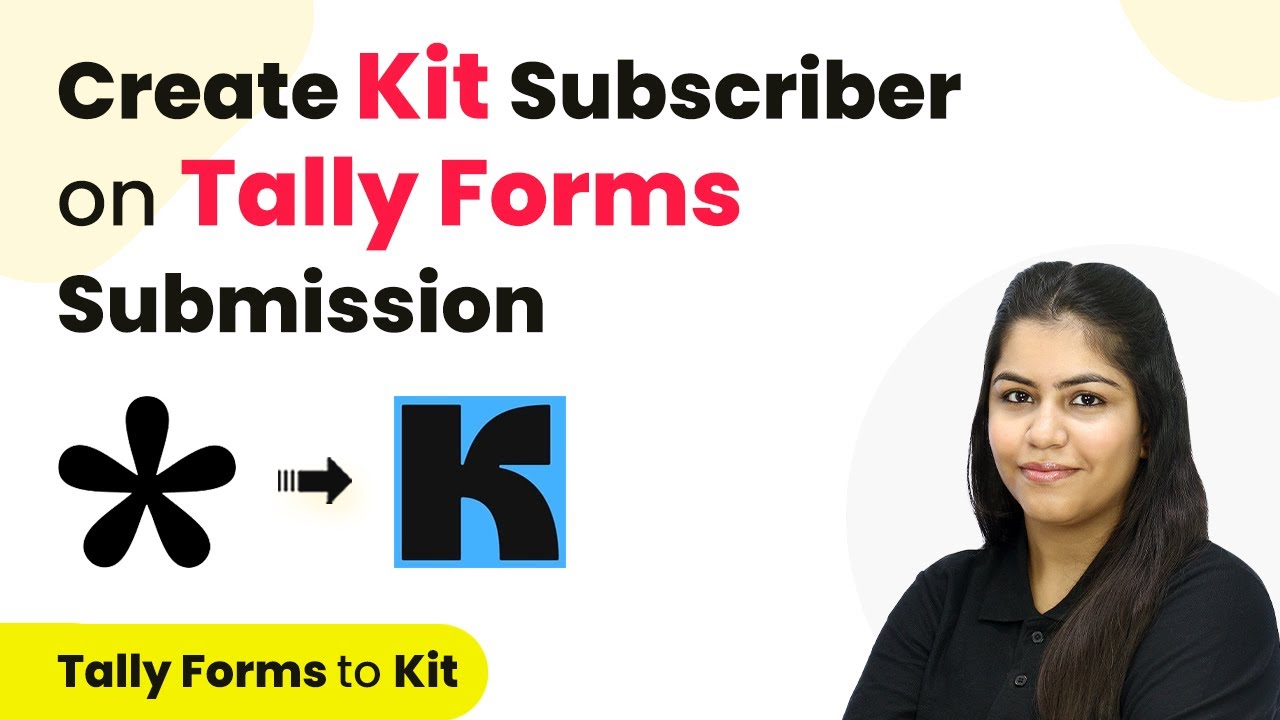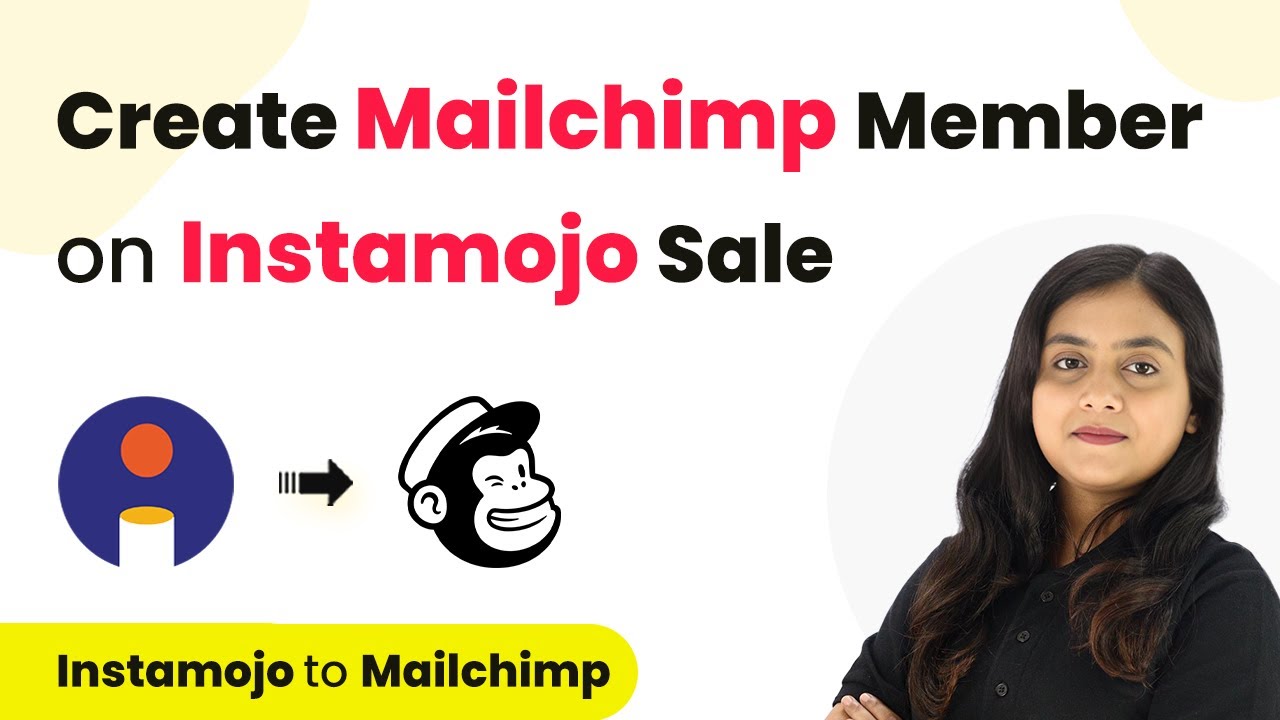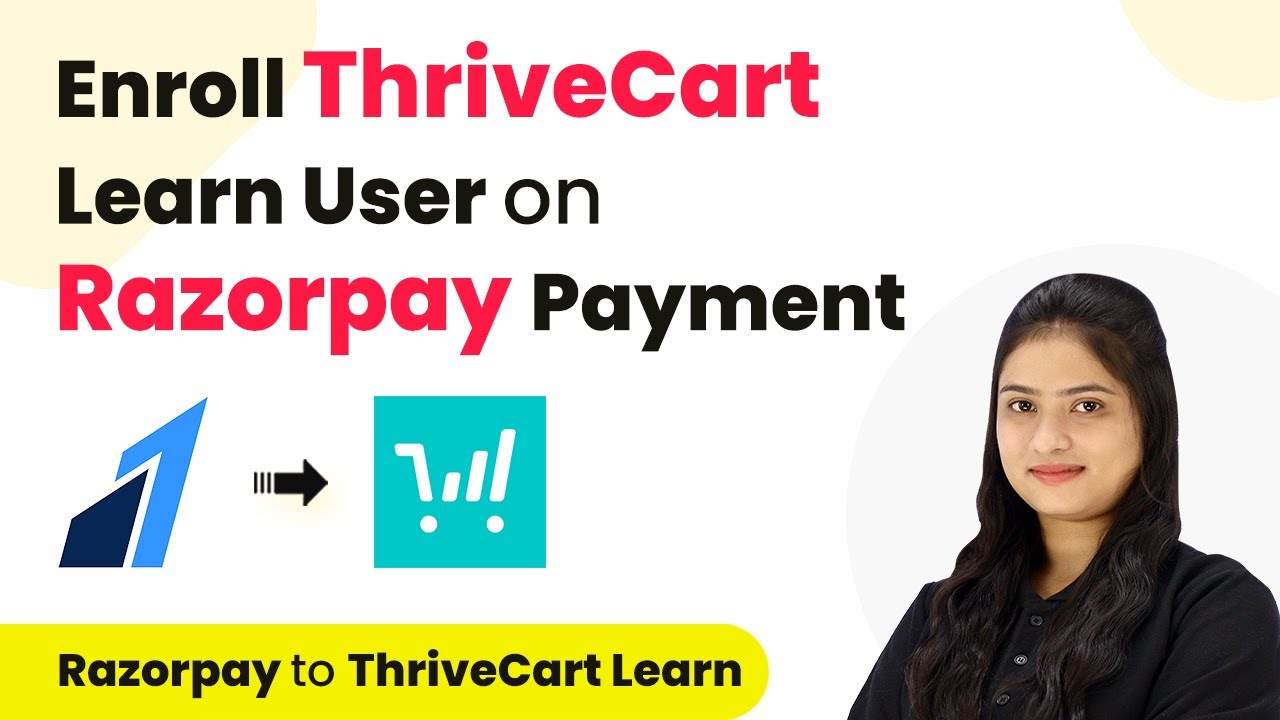Learn how to automatically create a Wave customer from Gravity Forms submissions using Pabbly Connect. Step-by-step guide for seamless integration. Eliminate manual repetitive tasks from your workflow. Discover proven automation methods with intuitive steps designed for efficiency-minded professionals.
Watch Step By Step Video Tutorial Below
1. Introduction to Pabbly Connect for Gravity Forms Integration
To automate the process of creating a Wave customer on Gravity Forms submission, you need to use Pabbly Connect. This powerful integration tool connects your Gravity Forms with Wave seamlessly. By using Pabbly Connect, you can ensure that every new form submission results in an automatic customer creation in Wave.
First, access Pabbly Connect by visiting its website. You can either sign up for a new account or log in if you are an existing user. After signing in, you will be directed to the dashboard where you can create workflows to automate your tasks.
2. Creating a Workflow in Pabbly Connect
To set up the integration, you need to create a new workflow in Pabbly Connect. Click on the ‘Create Workflow’ button located at the top right corner of the dashboard. Name your workflow, for example, ‘Create Wave Customer on Gravity Forms Submission’.
- Click on the ‘Create’ button to initiate the workflow.
- Select ‘Gravity Forms’ as the trigger application.
- Choose ‘New Response’ as the trigger event.
After setting the trigger, Pabbly Connect will provide you with a webhook URL. This URL is essential for connecting your Gravity Forms to Pabbly Connect, allowing it to capture form submissions automatically.
3. Configuring Gravity Forms with Pabbly Connect
Next, you need to configure your Gravity Forms to use the webhook URL provided by Pabbly Connect. Log in to your WordPress account and navigate to the Gravity Forms settings. Select the form you want to integrate and click on the ‘Settings’ option.
In the settings menu, find the ‘Webhooks’ option and click on ‘Add New’. Fill in the details as follows:
- Name the webhook as ‘New Submission’.
- Paste the webhook URL from Pabbly Connect.
- Set the request method to POST and format to JSON.
After saving the settings, your Gravity Forms are now configured to send data to Pabbly Connect whenever a new submission occurs.
4. Testing the Integration Between Gravity Forms and Wave
To ensure the integration works correctly, perform a test submission on your Gravity Forms. Enter sample data such as first name, last name, email, and service required, then submit the form. This action will trigger the webhook and send the data to Pabbly Connect.
Check your Pabbly Connect dashboard to see if the response from the test submission is captured successfully. If everything is set up correctly, you should see the data you submitted, confirming that the connection is working as intended.
Now, you will set up the action step to create a customer in Wave. Select ‘Wave’ as the action application and choose ‘Create Customer’ as the action event. This step will ensure that every new form submission results in a new customer entry in your Wave account.
5. Final Configuration and Customer Creation in Wave
In the action settings of Pabbly Connect, you will need to connect your Wave account. Click on ‘Connect with Wave’ and allow access to your Wave account. After successful authentication, select your business and map the necessary fields from the Gravity Forms submission to the customer creation fields in Wave.
For instance, map the customer’s name, email, and mobile number from the Gravity Forms submission. Once you have mapped all required fields, click on ‘Save and Send Test Request’. If successful, you will receive a confirmation that a new customer has been created in your Wave account.
Finally, check your Wave account to verify that the new customer appears with the details submitted through Gravity Forms. This successful integration demonstrates how Pabbly Connect automates the creation of Wave customers, saving you time and reducing manual errors.
Conclusion
In this tutorial, we explored how to create a Wave customer automatically from Gravity Forms submissions using Pabbly Connect. This integration simplifies customer management and enhances efficiency by automating the process. By following these steps, you can streamline your workflow and improve your business operations.
Ensure you check out Pabbly Connect to create business automation workflows and reduce manual tasks. Pabbly Connect currently offer integration with 2,000+ applications.
- Check out Pabbly Connect – Automate your business workflows effortlessly!
- Sign Up Free – Start your journey with ease!
- 10,000+ Video Tutorials – Learn step by step!
- Join Pabbly Facebook Group – Connect with 21,000+ like minded people!
